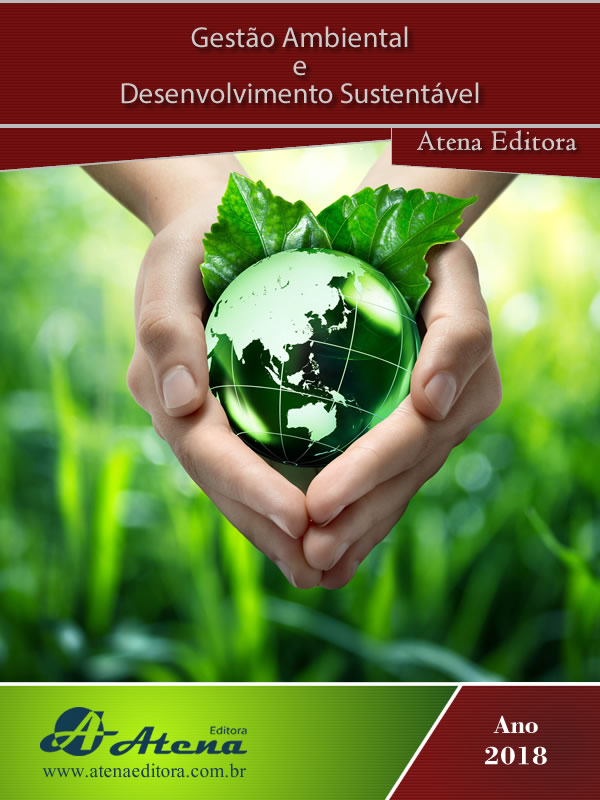
ANÁLISE DOS MODELOS MATEMÁTICOS APLICADOS A DIFERENTES MATRIZES DE ASPECTOS E IMPACTOS AMBIENTAIS UTILIZADAS NA GESTÃO DE RECURSOS HÍDRICOS
Esse estudo procura analisar e interpretar dois modelos matemáticos para
qualidade de água e discutir os pontos de vantagens e desvantagens confrontando
os resultados através de planilhas simuladas. Para isso, foi avaliado cada detalhe
das expressões matemáticas que envolveram os cálculos e que determinaram a
qualidade da água. Foram construídas planilhas que representam diversas situações
de qualidade da água como o propósito de identificar as relações diretas e indiretas
entre os modelos matemáticos. Após analisar cada planilha usada para simulação,
identificou-se que os resultados entre os dois modelos matemáticos (EES e NSF)
aproximaram-se quando o índice da qualidade da água estava elevado. À medida
que o índice de qualidade da água reduzia, os resultados dos modelos se
distanciavam. Em uma das simulações, foi mantido o mesmo peso entre os modelos
para verificar se haveria alguma interferência. Nesse caso, constatou que não houve
relação direta na diferença dos índices. Com mais análises, foi possível constatar
que o modelo matemático da EES funciona como cálculo de média aritmética. O
resultado tende para um grupo de notas que possuem valores próximos, seja para
cima ou para baixo. Quando maior parte das notas está mais elevada, o resultado
tende para cima. Quando está mais baixa, o resultado tende para baixo. Com essa
conclusão, pode-se afirmar que a formulação do modelo da EES não é satisfatória
por comprometer uma realidade.
ANÁLISE DOS MODELOS MATEMÁTICOS APLICADOS A DIFERENTES MATRIZES DE ASPECTOS E IMPACTOS AMBIENTAIS UTILIZADAS NA GESTÃO DE RECURSOS HÍDRICOS
-
DOI: ATENA
-
Palavras-chave: Qualidade da água, Matriz de impactos e Modelo matemático.
-
Keywords: Water quality, Matrix of impacts and Mathematical model.
-
Abstract:
This study seeks to analyze and interpret two mathematical models for
water quality and discuss the points of advantages and disadvantages by comparing
the results through simulated worksheets. For this, we evaluated every detail of the
mathematical expressions that involved the calculations and that determined the
quality of the water. Spreadsheets have been constructed representing various water quality situations as the purpose of identifying the direct and indirect relationships
between mathematical models. After analyzing each worksheet used for simulation,
it was found that the results between the two mathematical models (EHS and NSF)
approached when the water quality index was high. As the water quality index
declined, the difference between the model results ranged. In one of the simulations,
the same weight was maintained between the models to see if there was any
interference. In this case, it was found that there was no direct relationship between
the indices.With more analysis, it was possible to verify that the mathematical model
of EES works as calculation of arithmetic mean. The result is for a group of notes that
have close values, either up or down. When most of the notes are higher, the result
tends to rise. When it is lower, the result tends to go down.With this conclusion, it can
be affirmed that the formulation of the ESS model is not satisfactory because it
compromises a reality.
-
Número de páginas: 15
- Warlen Librelon de Oliveira


